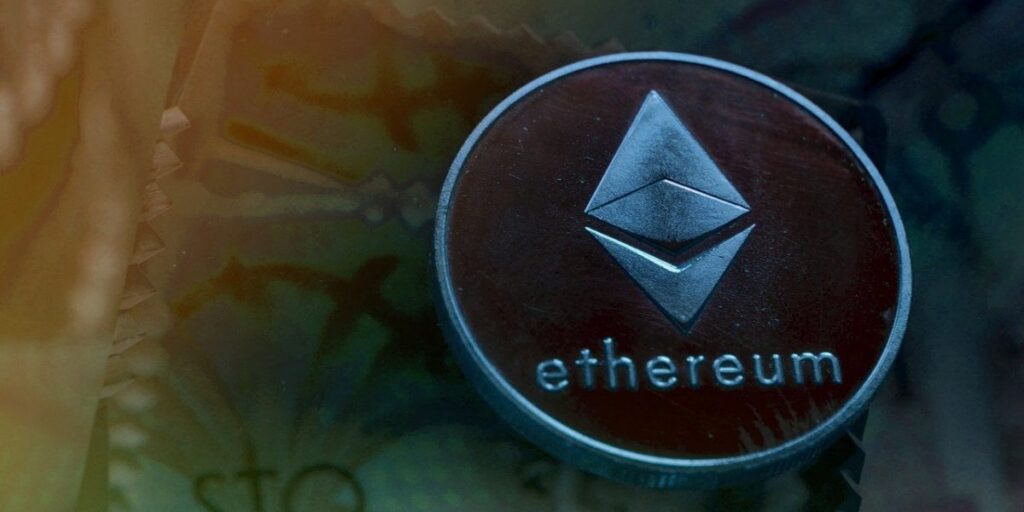
We are going to look at the pros and cons of both Ethereum and Flow blockchain technology. We know that Ethereum is the first to have NTFs on their platform, but with any industry, there will all always be newcomers to the market to improve on the issues seen in the past, that is innovation.
Blockchain is evolving quickly – new chains, platforms, and apps are popping up, more coding languages are appearing, and innovative new uses for Web3 are being invented. One use case that has taken the spotlight this past year is NFTs (non-fungible tokens).
If you haven’t heard of NFTs, here’s the scoop: NFTs are unique tokens that can be attached to just about any piece of digital content – images, video, music, you get the picture. NFTs allow artists ,or anyone, to create one-of-a-kind digital assets that are as unique as physical collectibles like autographed CDs or original paintings.
If you have heard of NFTs, you might be interested in creating one. NFTs originated on the Ethereum blockchain, but Ethereum isn’t the only chain in town now. As it turns out, another platform is on the rise in the new world of NFTs: Flow, which supports high-profile projects like NBA Topshot.
Here, we’ll examine these two blockchain platforms for the express purpose of creating NFTs, so you can better understand the tradeoffs when deciding which blockchain to launch your NFT on.
Benefits of Building NFTs on Ethereum
To put it in the simplest terms possible, Ethereum came first. For this reason, building NFTs on Ethereum is the default method. There are currently thousands of developers building on the protocol monthly.
One of the top benefits of using Ethereum is the wealth of established resources for building. This robust infrastructure and extra experience do come with a price, though. Transaction costs can be high on Ethereum, owing to the fact that all smart contract transactions pay “gas” – a fee that varies based on contract complexity and network traffic. While gas fees are rising, Layer 2 solutions like Polygon and Optimism are looking to solve Ethereum scaling and improve gas costs.
Ethereum is the way to go if you’re looking for an established and robust toolset. You certainly won’t be alone if you use Alchemy to build NFTs using Ethereum. Alchemy powers nearly all the NFT platforms in the Ethereum space.
Notable players include OpenSea (one of the largest NFT marketplaces in the world), NFTFi (integrating decentralized finance into NFTs), Axie Infinity (bringing NFTs to gaming), SuperRare (authentic digital art), and Immutable (the first Layer 2 for NFTs on Ethereum). Other notable platforms include Nifty Gateway, MakersPlace, Audius, Enjin, Zora, Foundation, NFT Hub, and more.
If you want to start building NFTs on Ethereum, check out this tutorial.
Benefits of Building NFTs on Flow
Flow is the new kid on the block, and just as Ethereum was built to solve flexibility issues with Bitcoin, Flow was designed to solve network congestion on Ethereum. Flow is specifically built for scalability. Originally developed by Dapper Labs – when its massively popular CryptoKitties game congested the Ethereum network – the team wanted to create a blockchain that could handle the scale of going viral.
For this reason, Flow provides some obvious advantages over Ethereum for NFTs. First off, Flow can handle a lot more transactions. Think 1,000 transactions per second (TPS) and working towards 10,000, as opposed to 13-15 TPS with Ethereum.
Next, transaction fees are significantly lower, even though there are two separate fees associated with transactions on Flow. The first is an account creation fee which starts at 0.001 FLOW (Flows native currency) or about $0.03. Next is a transaction fee that starts at 0.000001 FLOW. This kind of efficiency is achieved through a more sophisticated multi-node architecture and a different consensus mechanism. Specifically, Flow uses a proof-of-stake (PoS) consensus model, whereas Ethereum uses the proof-of-work (PoW) model.
Ethereum is also moving towards the PoS model with Ethereum 2.0, which should reduce transaction fees. Not coincidentally, the model that Flow has also increases TPS, a big part of why it leads to lower transaction fees.
In addition, with Flow, developers have a unique opportunity to shape the entire ecosystem by being early builders. This also means there’s an opportunity to provide fans with a more bespoke purchasing experience. For example, NBA Topshot supports credit card payments natively.
Since Flow is such a new ecosystem, it can be hard to find resources about building, selling, and storing NFTs on Flow, but Flow’s own documentation is a good place to start. There’s even a tutorial there with starter code so you can get a handle on the process. If you’re willing to take the learning process on, you’ll get more flexibility and agility with Flow.
One of the most high-profile adopters of the NFT model using Flow, NBA Top Shot, rose quickly with the help of $305 million in funding provided by major Hollywood players, the NBA, and even Michael Jordan. NBA Top Shot is the work of Dapper Labs, which created Flow, and the new endeavor has helped Dapper Labs grow to a valuation of $2.6 billion.
Flows success as an NFT platform purpose-built for gaming and other interactive experiences is attracting many developers and platforms, from gamers to art dealers. Check out this post, Why We Built on Flow, which details why the Flowty team chose to build their platform on the Flow blockchain.
Flow is also supported on Alchemy, so it’s easy to get going right away.
Alchemy: Your Partner for Building NFTs
Theres no single best blockchain for building NFTs. The fact is each blockchain has its pros and cons, and the ultimate factor is your own needs. In either case, the best thing you can do when you’re ready to start building your NFTs is partner with a blockchain development platform with experience and an infrastructure designed to make things easier. That’s where Alchemy comes in.
Original Post HERE

